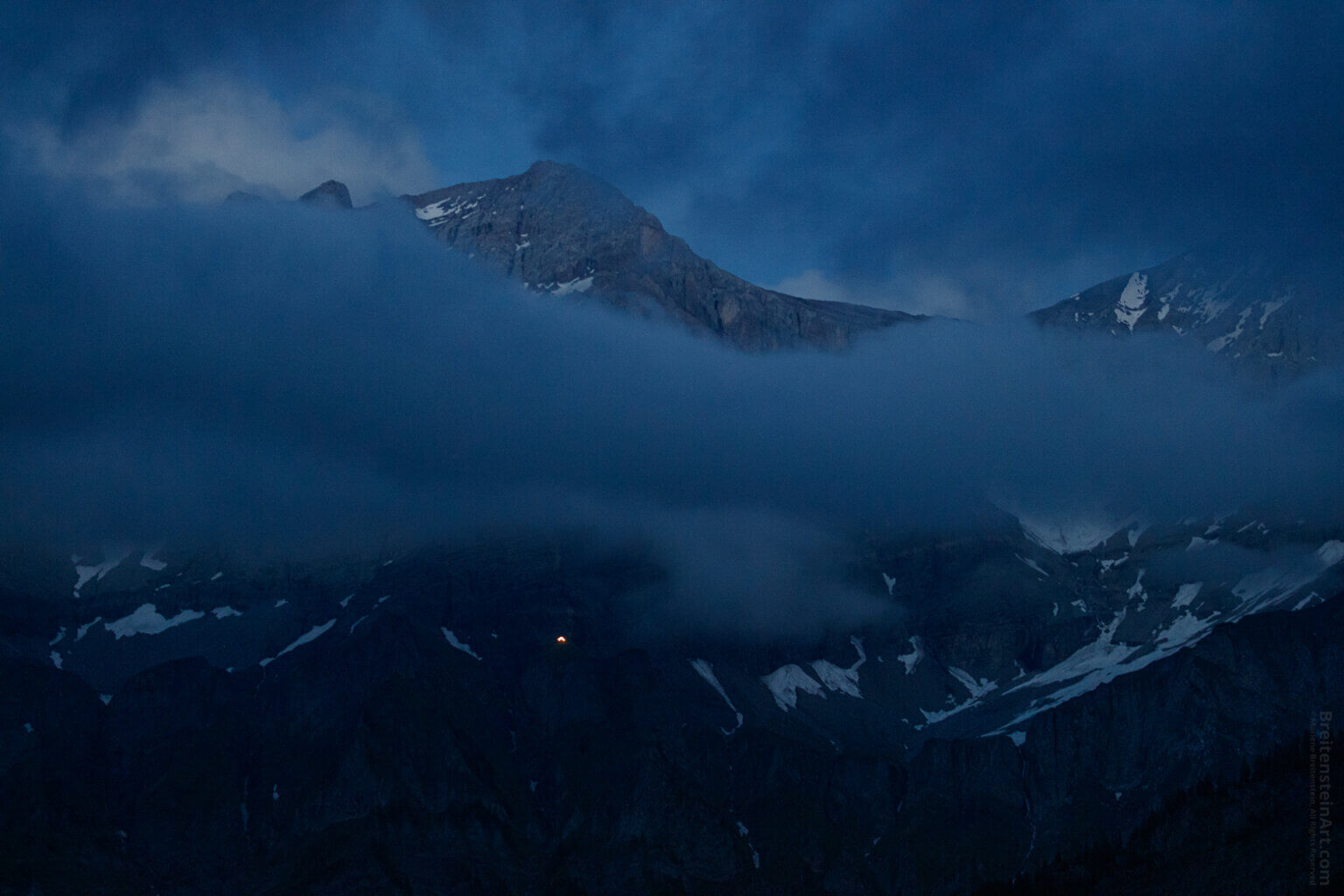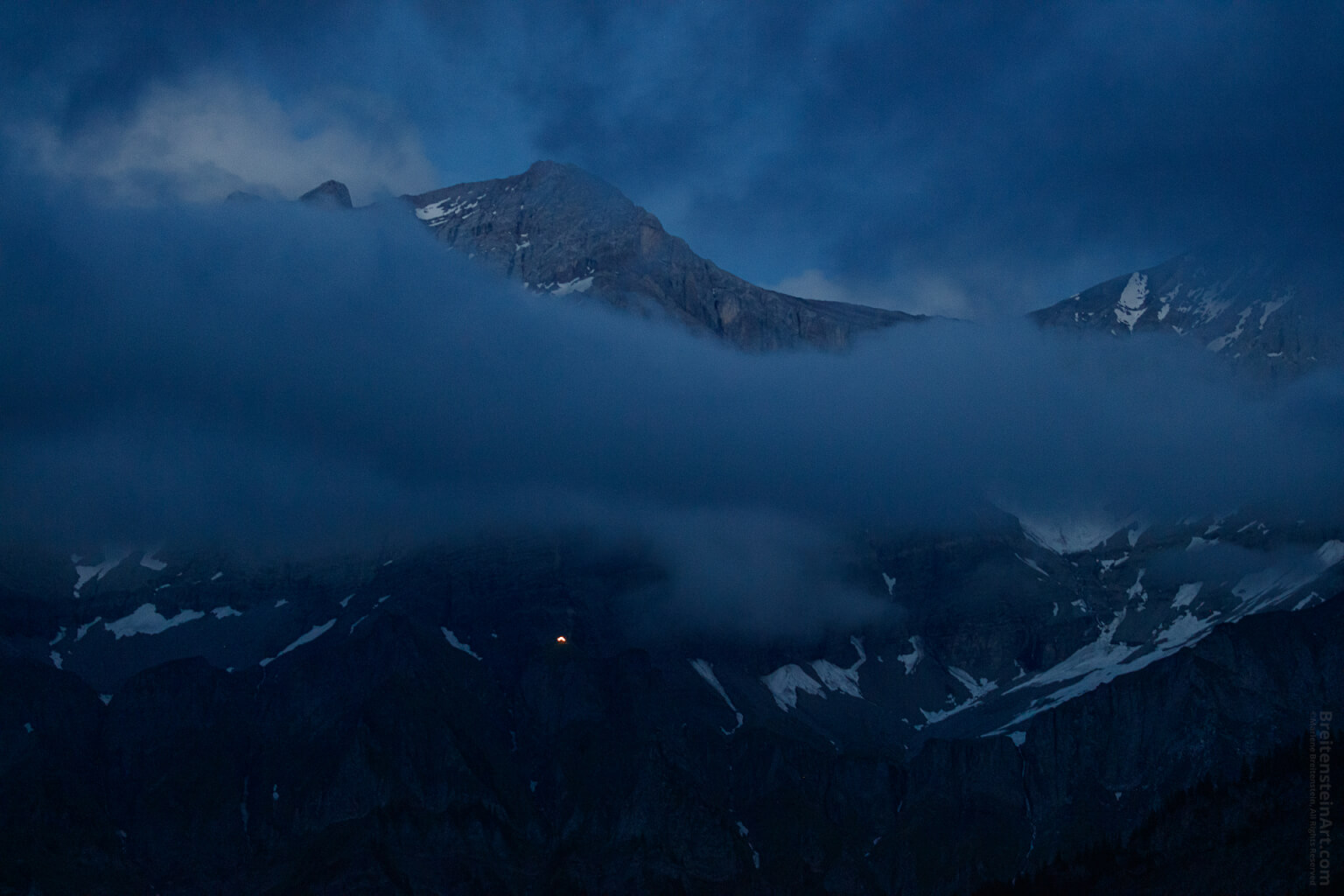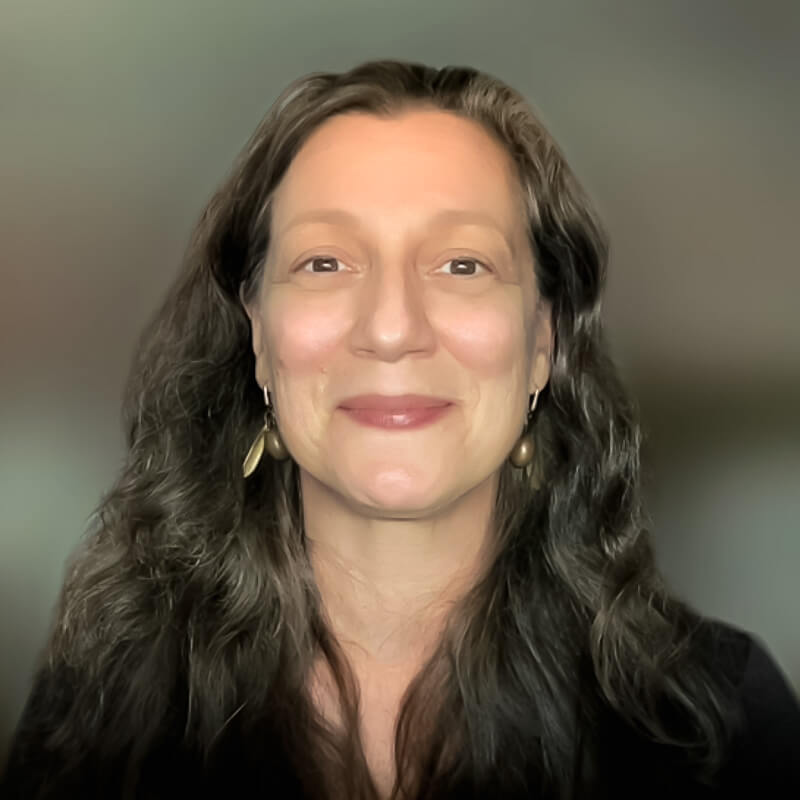Travel is a good thing. That said, the many wonders discovered while traveling can result in too many photographs. As a digital photographer, how does one balance the easy creation of photos, with the reality of sorting, storing and processing them? If you’ve been discouraged by wasting time with an overabundance of photos, read on.
(*Just for fun, I’ve selected a trip-hop track, Trigger Hippy, for this post. If that’s up your alley, have a listen while you read.)
First, a story
Decades ago—in the age of film—a friend was in the premier photo processing shop in Washington, D.C. A man came in with a duffel bag full of exposed film rolls and dumped it on the counter. He was a National Geographic photographer just back from a trip, and the friend asked how many publishable photos the guy would get out of all those rolls.
“One or two, if I’m lucky,” was the response.
I suspect the photographer got back hundreds of contact sheets—not unlike Lightroom’s or iPhoto’s thumbnail collections—and had to examine each with a loupe, looking for the most promising photo candidates for test-printing and possible publishing. Maybe he was extraordinarily fortunate and had an assistant, or some low-level editor, to help with such a chore, but I’m skeptical.
I sure don’t.
The allure of the subject
This last quarter we’ve traveled a lot—two vacations, a work-related trip, and several day trips—in Germany, Luxembourg, Switzerland, Italy, and France. Each time I’ve come home with a lot of photos, and I’ve dealt with them expediently.
However, after the last 12 days in Switzerland and Italy, for the first time in my life I truly feel overwhelmed. With way too many photographs to easily handle, I’ve spent days and days culling, sorting and organizing.
After all that deleting, from this last trip alone, I still have 1400+ that I like. Like this one:

Photograph copyright © 2024 Marlene Breitenstein. All rights reserved.
While I’m really happy with some of the results, I’ve had to ask myself: what the hell am I doing? Yes, I sell my work, but I’m not a National Geographic photographer looking for that elusive, primo shot. Who are all these photos for?
The burden of the post-trip phase of culling, sorting and organizing has been weighing heavy on my shoulders. Something must be done.
Why so many photographs?
The first step was to ask, why do I take so many photos to begin with? (Such as seven photos, or fifteen, of the same subject, from the same angle.)
Sometimes, I’m simply not evaluating and choosing my subjects carefully, or I’m being shutter happy.
However, most often I’m trying to compensate for possible lack of sharpness and exposure insecurity, due to:
- Sub-par lighting conditions
- Camera movement
- Focus challenges in dim light
- Inadequate equipment
- Lack of know-how and skill
- Poor knowledge of a location or subject
- Shooting out the window of a moving car
Working smarter, not harder
For me, there appears to be a few key ways to cut down on taking too many photographs, minimizing wasted time and effort. If you too get shutter happy, consider these.
Subject + Composition
First, the obvious: don’t take photos of everything that might be interesting.
For a short while it might be worth going out to photograph more often with the specific aim of shooting less. To deliberately exercise restraint and decision-making, in the face of opportunity.
Remember to practice thoughtful assessment of the elements of composition. (There are more good links covering the elements of composition in my post, Benefit from Standing Back.) I’m not an amateur and my eye is well-developed. Still, sometimes I get careless, especially if I’m over-excited or not well rested. Those are the times I really need to be thoughtful.
When possible, it’s worth re-visiting the same spots at different times. With familiarity, you’ll learn what each place offers and how to approach those opportunities more wisely, with less effort and waste.
Sharpness
- Use a tripod more often (something I’ve been reluctant to embrace).
- In the car, only photograph when something looks exceptionally alluring.
- Get a remote shutter trigger for low-light, longer exposure shots, to minimize jarring the camera.
For example, I wasn’t prepared for a shot at near-dark. Even though I had my camera on a tripod (first time, in the year since I bought my DSLR!), pressing the shutter kept shaking the camera, causing blur. It took many photos to get one that was sharp enough to use. This is the only one where the tiny house illuminated on the mountainside didn’t come out streaked:

Exposure
- Increase your skill at setting exposure, using ISO, aperture, and shutter speed effectively and quickly.
- Auto-bracket when it makes sense.
- Stop shooting when it’s too dark, if a tripod is not at hand.
Equipment
I need to learn my camera a bit better. Maybe you too? If so, I hate to say it, but RTFM some more. Same for your lenses. All your equipment.
Try alternate settings. For example, I set my camera to higher saturation, for less processing effort later. Some settings can be stripped by editing software, if desired.
I’m not a gear-head. With one camera, three lenses, and a polarizing filter, I’m a minimalist when it comes to equipment, and I don’t want more. That said, lately I’ve realized that a few additional items could help me achieve better work with less effort, such as a few more filters, and that remote shutter trigger I mentioned above.
Choose wisely, buy the best you can afford, and purchase filters or other gear that will help get the desired effect in-camera. Once you have them, practice, practice, practice.
All of these points involved more time studying the craft of photography. I’m reminded of this great series on Creativity by The Oatmeal. I know studying sucks, but, “Do it anyway.”
An exception to too many photographs: Photo Stacking
There is at least one really good reason for taking many photos of the same subject, from the same angle: photo stacking. This is the method to use if you want every part of a photo to be in insanely sharp focus. It’s used in landscape and macro photography.
Joey Terrill is a master of this technique, sometimes stacking a whopping 98 photos, which he often describes on Glass.
I haven’t tried this yet, but will.
Thanks for your time and attention, both are valuable. 🙏🏻
I invite you to view my photographs and paintings, and to learn more about me.
If you liked this post, you have options:
- Check out the art available in my shop!
- Buy me a coffee (I’d be so grateful!), or check out my Patreon (coming soon!).
- Sign up for my monthly newsletter, full of delicious tidbits.
- Follow my blog with RSS, using a feed reader like Feedly.
- Browse my other blog posts.
©Marlene Breitenstein. I welcome your inquiries about purchasing, licensing, or republishing my work. I take my intellectual property seriously. This post and its contents, unless otherwise noted, is owned by Marlene Breitenstein. It is not to be reproduced, copied, or published in derivative, without permission from the artist.




